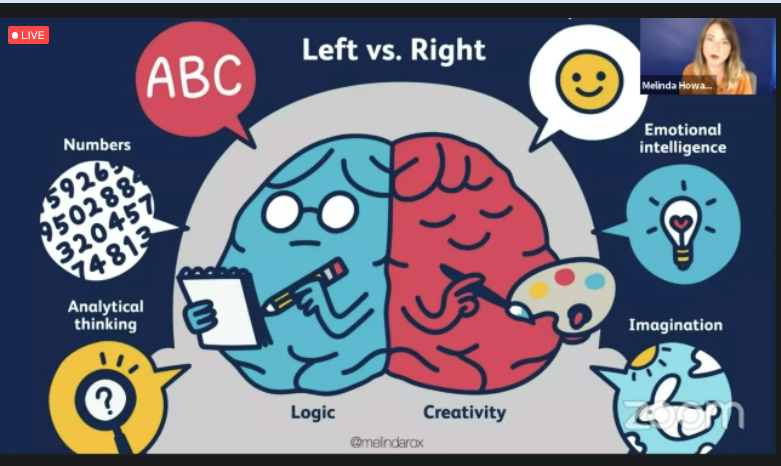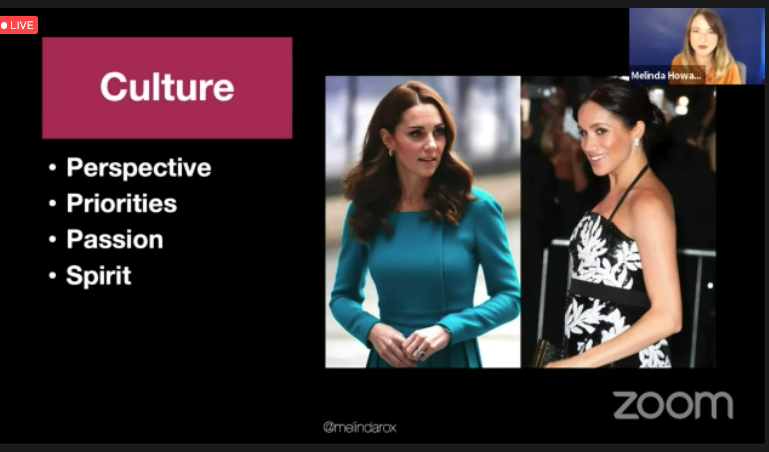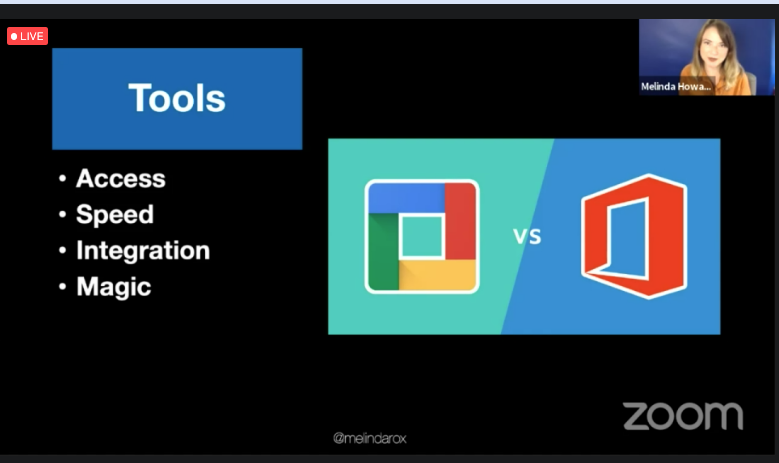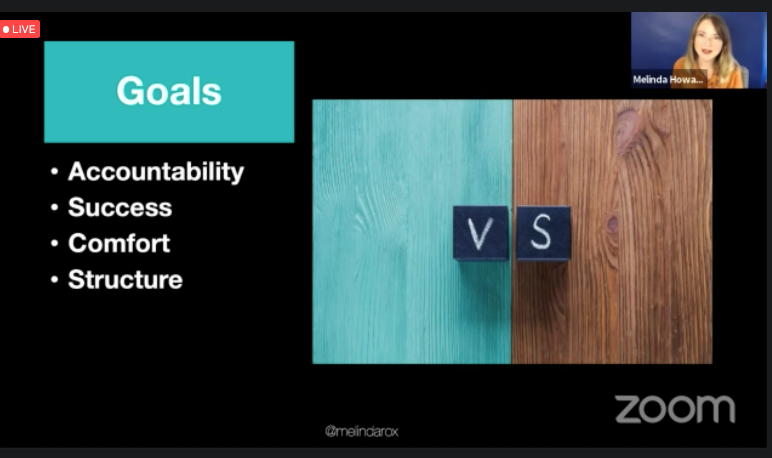Session notes: Bridging the Gap: Making the Most of the Differences Between Agency and Enterprise

Culture

Tools
The enterprise has powerful and robust tools that agencies do not. In contrast, agencies are able to work more quickly.

Recommendations: Treat agency partners as part of the enterprise team. Provide access to laptops, intranet, VPN, and conferencing software. Anything that helps bring them into the fold. Share the toys in the sandbox.
Goals
Understand both side’s goals. Enterprises seek outstanding project outcomes for shareholders, while agencies want to create the best work they can for their portfolio. Take time to discuss the specifics and identify how to best work together. This requires a solid brief and consistent communication.

Leveraging our differences
A little work goes a long way when it comes to leveraging our differences. Spend time to save time. Identify better ways to synthesize the left sides of our brains (enterprise) and the right side (agency).
-
Invest in the brief: it’s everyone’s responsibility to contribute
-
Spell out roles, responsibilities, and scope clearly in the kickoff: include who is doing what when/where/why. Also, be open to revisiting these assignments as-needed
-
It’s a relationship – treat it as such. It requires work. You can’t just set it and forget it. Remember to pay attention, nurture it, and have tough conversations. Tension is healthy and normal.
-
Meet your partners where they are and don’t be afraid when they challenge your assumptions.

